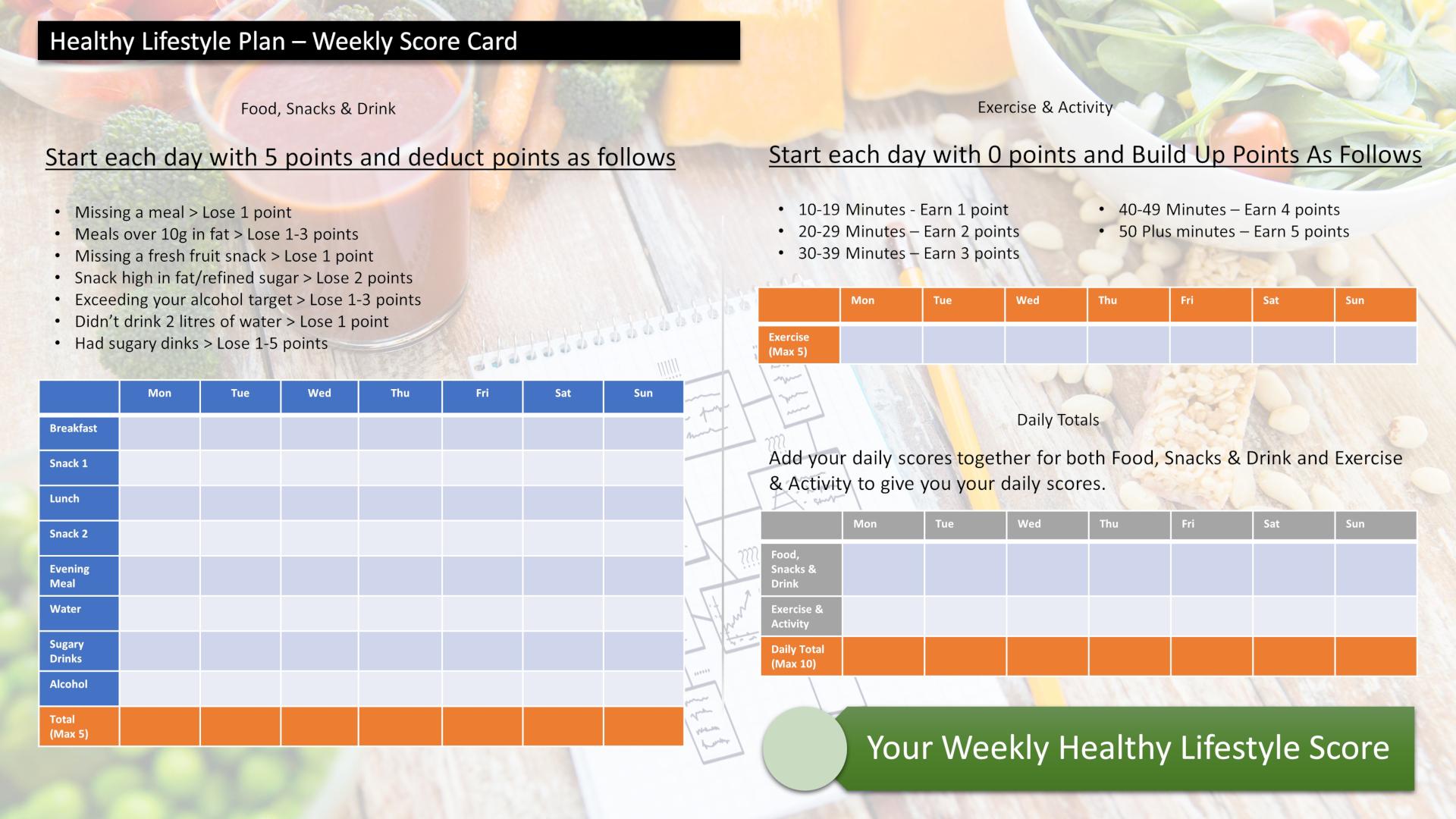In 480 BC, the Greek city of Sparta sends 300 of its finest warriors to meet the Persian king Xerxes’ massive army at Thermopylae. The battle is a suicide mission, meant to buy time for the rest of the Greek forces to prepare for the Persian invasion of Greece. The Spartans threw their hearts into the fray, determined to take as many Persians as possible with them.
Did you watch the movie 300? See the ripped bodies of the Sparta soldiers? Do you want to have a body like them? If yes, follow this 300 rep workout. It’s the training regimen that whipped the actors of the movie 300 into fighting shape. They were all buffed and toned, showing off six-pack abs, whittled waists, and rock-hard thighs.
The workout gets its name from the total number of repetitions, namely 300. It’s daunting, and includes these weight-training moves with no rest between movements.
· 25 pull-ups· 50 deadlifts at 135 pounds
· 50 push-ups
· 50 box jumps with a 24-inch box
· 50 “floor wipers” (a core and shoulders exercise at 135 pounds)
· 50 “clean and press” at 36 pounds (a weight-lifting exercise)
· 25 more pull-ups — for a total of 300 reps
In addition to this you should also be doing intensive cardio training.Although this entire regimen may be viewed as too intense for the average person, we have created a modified version of the 300 workout which many of our members use in our gym. It may not get you to have an Adonis body, but it certainly will get you into good shape.
Here it is:
Flat Bench Barbell Chest Press Reps 30
Barbell Squats Reps 30
Upright Bench Barbell Military Press Reps 30
Straight Leg Barbell Deadlifts Reps 30
Bent over Barbell Rows Reps 30
Barbell Deadlifts Reps 30
Flat Bench Barbell Skull Crunches Reps 30
Knee Raises Reps 30
Standing Barbell Bicep Curls Reps 30
Sit ups Reps 30
This is circuit training and is a combination of high-intensity aerobics and resistance training designed to be easy to follow, give you a great workout, and target fat loss, muscle building and is great for your heart and lungs. A circuit is one completion of all the prescribed exercises in the programme. Once the circuit is complete, you start at the first exercise again for another circuit. The time between each exercise is short, with only a slight pause move on straight away to the next exercise. Take a two minute rest between circuits.
If you follow the complete programme of three circuits at the nominated intensity created by the number of repetitions, and no rest between exercises, you will expend at least 600 kcalories, as you are getting strength training and a cardio workout at the same time all in under an hour of activity. Starting out, you can choose to do only one or two circuits and then progress to three, you can also adjust the weights you use to suit your fitness as you progress.
My recommendation is to do no more than three sessions a week, and supplement that with at least one, if not two pure cardio session like treadmill, walking or running.
A complete circuit should take you about 10 to 15 minutes, involves ten exercises and requires one barbell and weight plates as well as a reebock step, fit ball or workout bench. It’s important that the weights you use are heavy enough to build strength and muscle, so towards the end of your 30 repetitions you should feel your muscles tiring.
Give it a try and let me know what you think.
Score Your Way To Good Health - With Our Healthy Lifestyle Plan
Score your way to good health with our healthy lifestyle plan and it's unique 70 point weekly scorecard!




The exercise programme for the most part challenges your major muscle groups. It is important that you challenge your muscles against resistance in short high-intensity sessions, and you perform some aerobic movement at a moderate intensity five to six days per week.
Diet, well thats a whole subject in itself, and one which i will be covering in this blog frequently. But to give you a little snippet, this is what i’d say to you.
If you are looking at burning fat, and at same time looking to build some muscle you want to put your body in a state where it’s going to accelerate its release of fat so that the fat can be burned as fuel. Part of the challenge we have that keeps stored fat locked in place and slows down the effectiveness of even the best fat burning diets is glycogen. Some of the glucose gets burned as fuel, but the glucose that isn’t burned immediately will get stored as future food fuel reserves.
You have two primary storage tank tanks for glycogen, your muscles and your liver. Your liver will tend to act as a slow release supply of blood sugar, and the muscles hold glycogen to be released when muscle contraction fuels caloric expenditure.
If you want to amplify fat release in the short-term, empty the glycogen fuel tank for a day or two with a low carbohydrate, low fat diet. If you back way off on carbohydrates for a few days, your muscles and liver release glycogen, but the fuel tank begins to empty. Then without ingesting sufficient carbs to store glycogen, you enter a state of glycogen depletion. Your body begins to increase its production of glucagon, the fat releasing hormone, and fatty acids are released into the blood to be burned as fuel.
Remain in that glycogen depleted state for no more than three days and fat will be released and burned at significant levels.
The other 4 days be on a gi diet where you balance your carbs and proteins, but still look at keeping fat consumption to no more than 10 g per meal.
When you go back to supportive eating after glycogen depletion, the muscles get pumped, and you feel incredible.
If we numbered a week days one through seven, on days one to three you to limit carb intake, on days four to seven you eat a supportive balance of protein, carbohydrates, and essential fats.
The following week you simply repeat the process.
Hope this helps